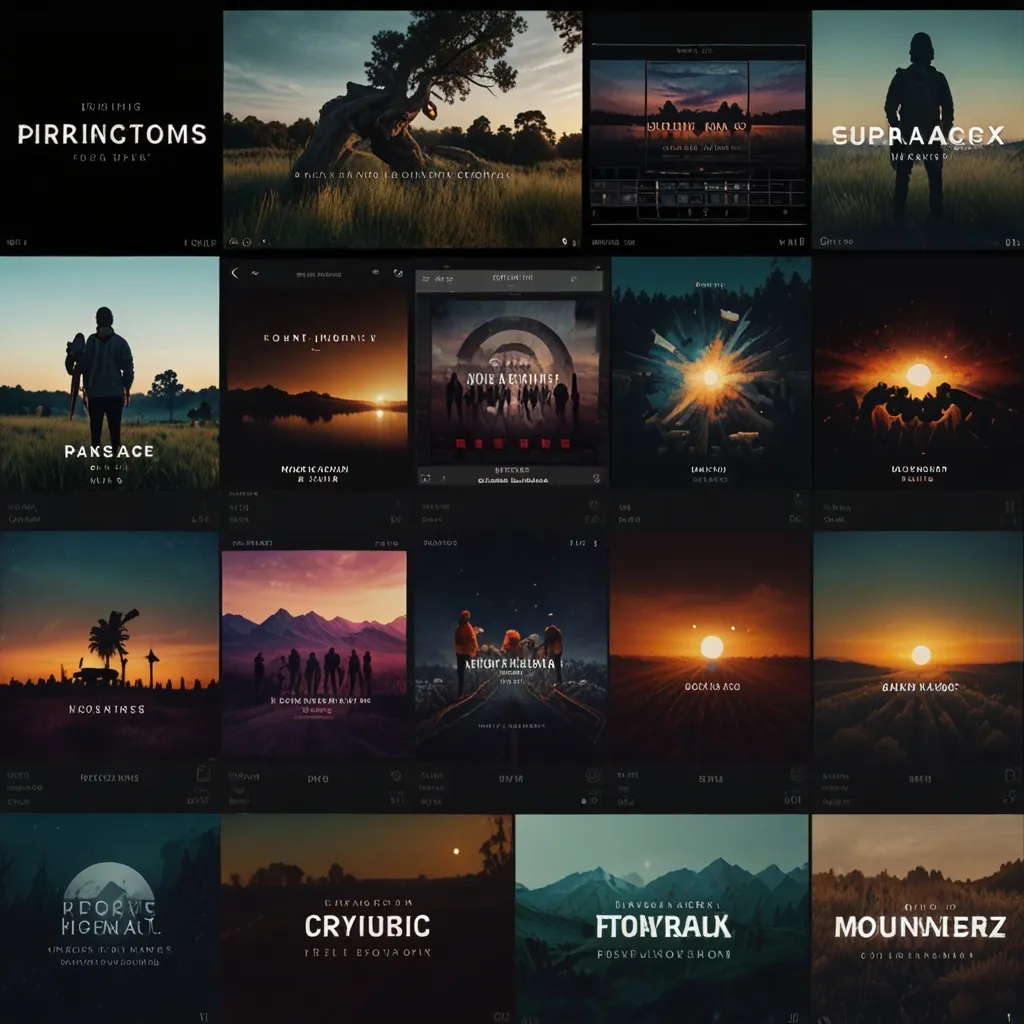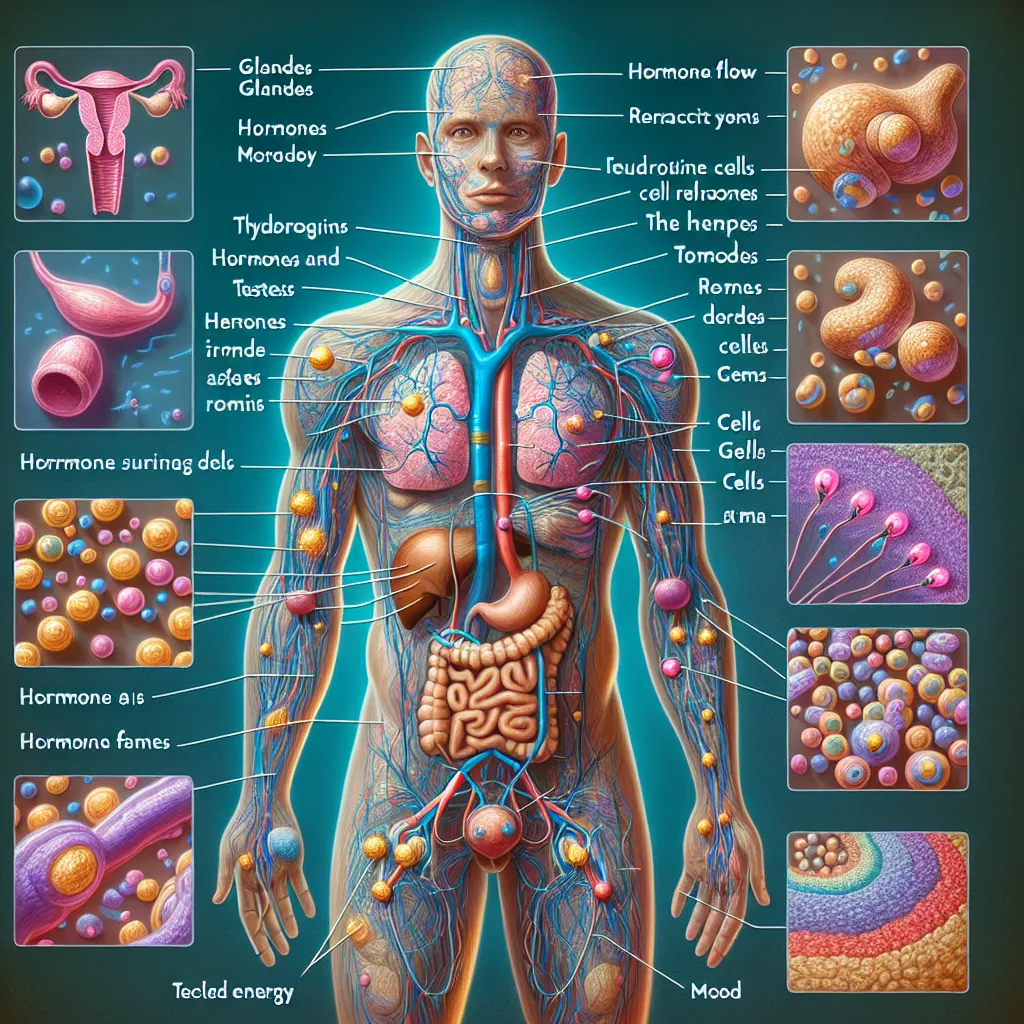We’ve received a variety of feedback on the music in our videos. Some of you enjoy it, while others aren’t as fond. Many may not even consciously notice it. What you might not be aware of is the effort we put into selecting the right musical tracks to match the subject and mood of each video. We also strive to support independent artists whenever possible.
We’ve often been asked about the details—like the name of a song, the artist, and where you can find it. Over the course of creating around 80 videos, we’ve used nearly 100 different musical tracks. We thought it would be enjoyable to compile a selection of some of our favorite tracks, allowing you to experience the music separately, without the distraction of narration.
Starting with our intro music, let’s dive into a musical journey right now.






